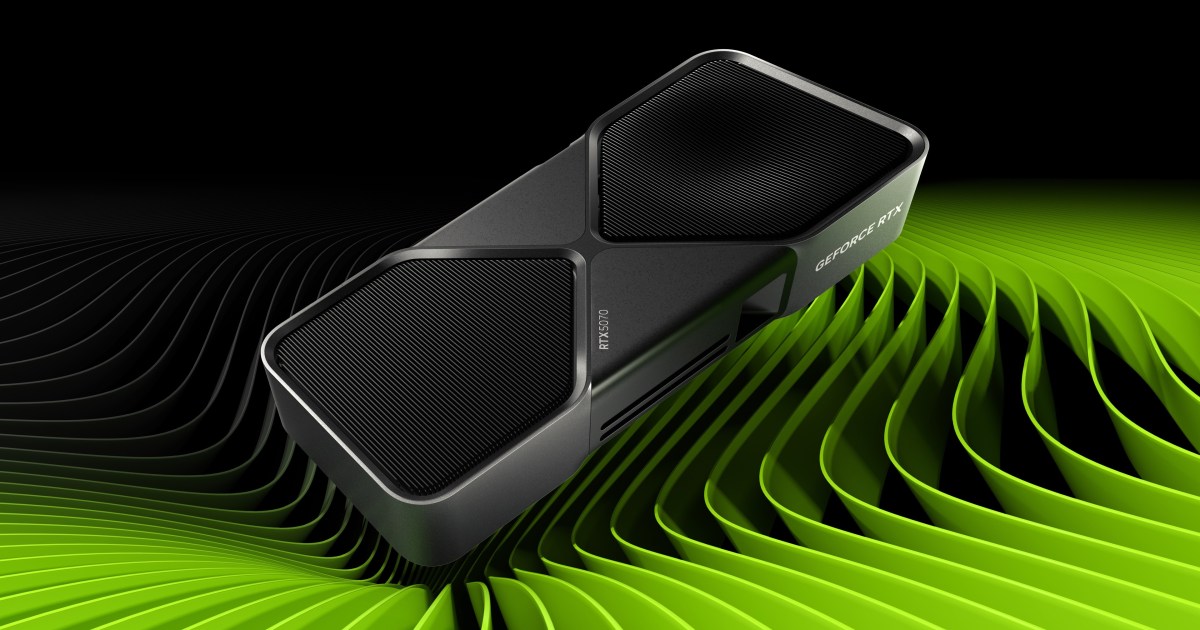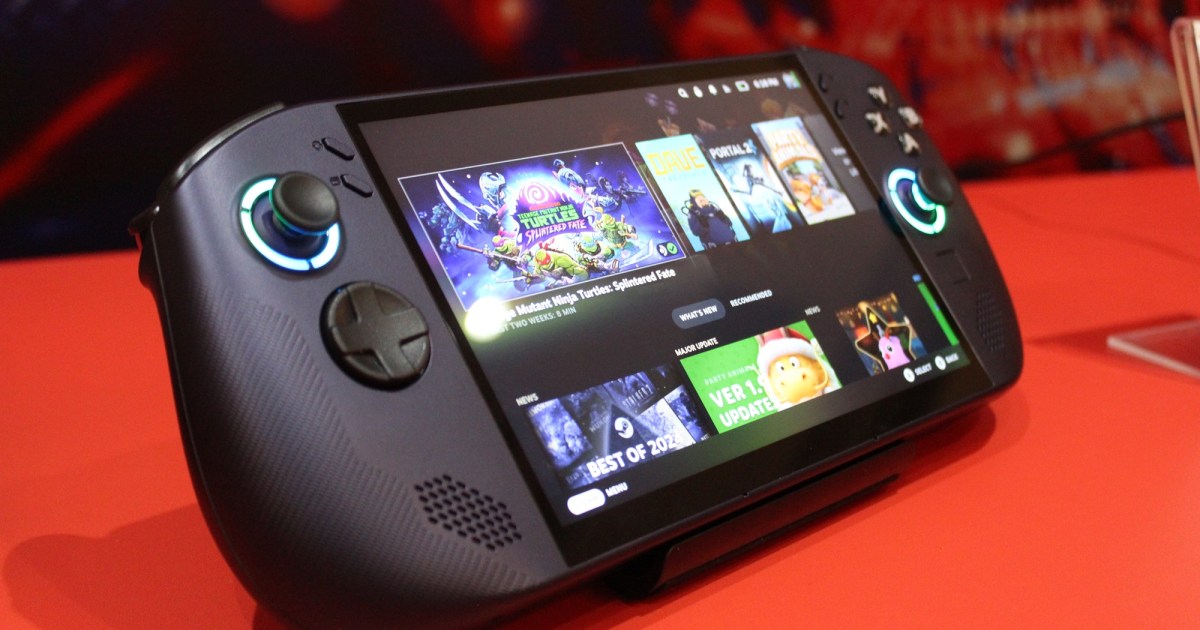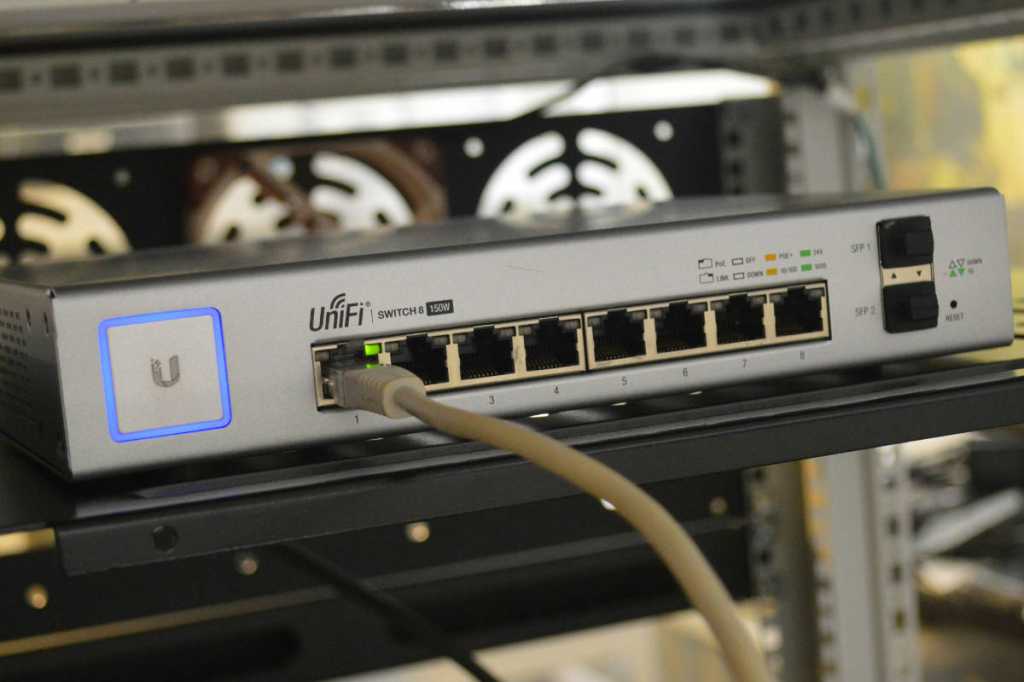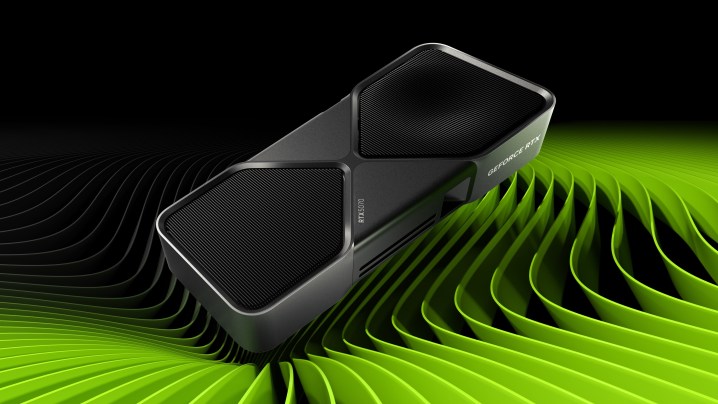 Nvidia RTX 50-series GPUs
Nvidia RTX 50-series GPUs
Nvidia has unveiled its latest graphics card lineup, the RTX 50-series. This new generation comprises four cards: the RTX 5090, RTX 5080, RTX 5070 Ti, and RTX 5070. Living up to the pre-release hype, these GPUs promise significant performance advancements, largely due to the enhanced AI capabilities of DLSS 4. Let’s delve into everything we know so far about these powerful new graphics cards.
Pricing and Availability
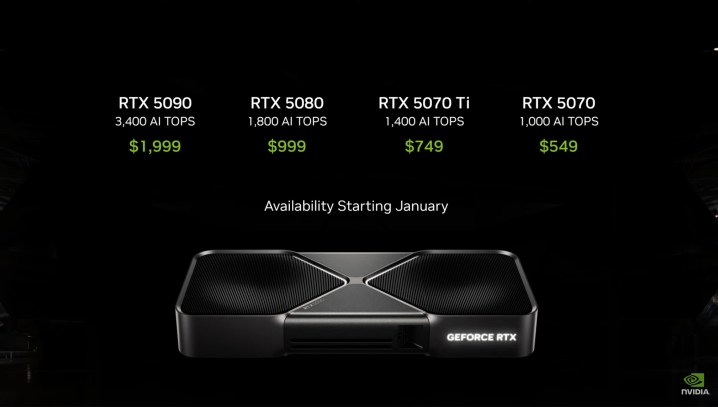 Nvidia RTX 50-series Pricing
Nvidia RTX 50-series Pricing
After much speculation, the official pricing for the RTX 50-series has been confirmed:
- RTX 5090: $1,999
- RTX 5080: $999
- RTX 5070 Ti: $749
- RTX 5070: $549
The RTX 5090 marks a substantial $400 increase over the RTX 4090’s $1,599 launch price, making it the most expensive Nvidia GPU to date. While this price hike might raise eyebrows, the pricing for the rest of the lineup is surprisingly competitive. The RTX 5080 matches the RTX 4080’s price, while the RTX 5070 Ti and RTX 5070 are $50 cheaper than their 40-series counterparts.
The RTX 5090 and RTX 5080 launched on January 30th, with the RTX 5070 Ti and RTX 5070 following in February.
Specifications
| Feature | RTX 5090 | RTX 5080 | RTX 5070 Ti | RTX 5070 |
|---|---|---|---|---|
| Architecture | Blackwell GB202 | Blackwell GB203 | Blackwell GB203 | Blackwell GB205 |
| CUDA Cores | 21760 | 10752 | 8960 | 6140 |
| Tensor Cores | 5th-gen 3352 TOPS | 5th-gen 1801 TOPS | 5th-gen 1406 TOPS | 5th-gen 988 TOPS |
| Ray Tracing Cores | 4th-gen 318 TFLOPS | 4th-gen 171 TFLOPS | 4th-gen 133 TFLOPS | 4th-gen 94 TFLOPS |
| Boost Clock (GHz) | 2.41 | 2.62 | 2.45 | 2.51 |
| Base Clock (GHz) | 2.01 | 2.30 | 2.30 | 2.16 |
| Max Resolution | 8K @ 120Hz | 8K @ 120Hz | 8K @ 120Hz | 8K @ 120Hz |
| Memory Interface | 512-bit | 256-bit | 256-bit | 192-bit |
| Memory | 32GB GDDR7 | 16GB GDDR7 | 16GB GDDR7 | 12GB GDDR7 |
| Memory Speed | 28Gbps | 30Gbps | 28Gbps | 28Gbps |
| TGP (Watts) | 575 | 360 | 300 | 250 |
| Required PSU (W) | 1000 | 850 | 750 | 650 |
| Price | $1,999 | $999 | $749 | $549 |
All cards utilize a 16-pin power connector and DisplayPort 2.1, enabling 8K resolution at 120Hz. The RTX 5080 stands out with faster memory modules than the other GPUs. The RTX 5090 boasts a significant increase in VRAM to 32GB and a higher CUDA core count. The entire series benefits from the faster GDDR7 memory.
Mobile GPUs
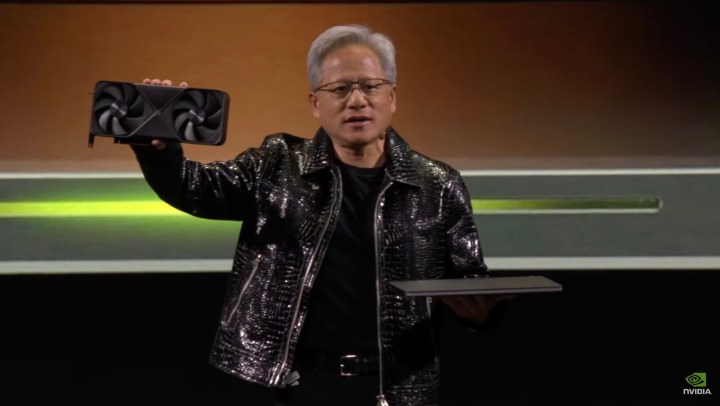 Nvidia CEO Jensen Huang
Nvidia CEO Jensen Huang
Nvidia also announced RTX 50-series GPUs for laptops, including the RTX 5090, 5080, 5070 Ti, and 5070. The laptop RTX 5090 is claimed to rival the performance of an RTX 4090, though it’s unclear whether this refers to the desktop or laptop version. Pricing for laptops starts at $1,299 for the RTX 5070, $1,599 for the RTX 5070 Ti, $2,199 for the RTX 5080, and $2,899 for the RTX 5090. These laptops are expected to be available starting in March.
Design
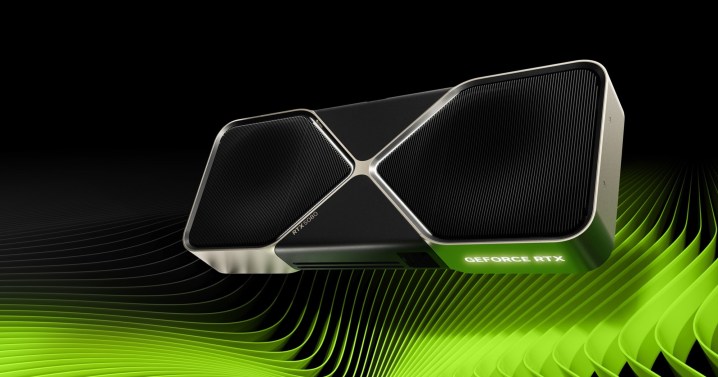 Nvidia RTX 50-series GPUs Design
Nvidia RTX 50-series GPUs Design
| Feature | RTX 5090 | RTX 5080 | RTX 5070 Ti | RTX 5070 |
|---|---|---|---|---|
| Length (mm) | 304 | 304 | Varies | 242 |
| Width (mm) | 137 | 137 | Varies | 112 |
| Slots | 2 | 2 | Varies | 2 |
The Founders Edition RTX 5090 and 5080 share the same dual-slot, dual-fan design. Partner cards are anticipated to be larger.
Architecture
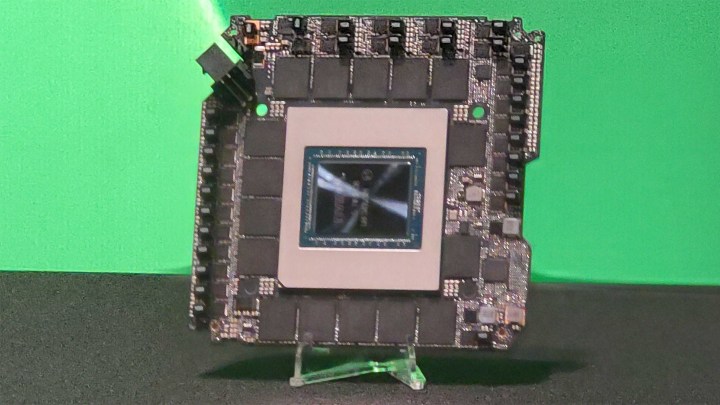 Nvidia RTX 5090 PCB
Nvidia RTX 5090 PCB
The RTX 50-series utilizes the Blackwell architecture, built on TSMC’s 4nm process. The architecture features chips ranging from the high-end GB202 to the entry-level GB207. The RTX 5090, for example, uses the GB202 chip and a redesigned PCB with a 30-phase VRM. Nvidia also introduced RTX Neural Shaders for AI-powered real-time lighting enhancements. Concerns about overheating issues in data center GPUs raise questions about potential similar problems in consumer cards, though Nvidia has taken steps to improve cooling, including using liquid metal TIM.
DLSS 4
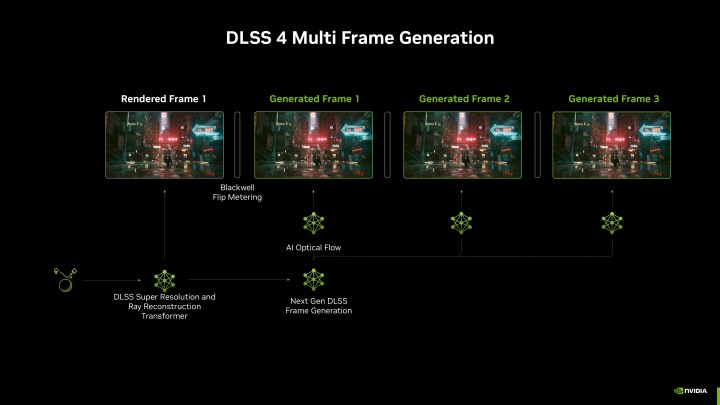 Nvidia DLSS 4 Architecture
Nvidia DLSS 4 Architecture
DLSS 4 introduces Multi Frame Generation, generating up to three frames for every rendered frame, leading to significant performance improvements. This technology, combined with fifth-gen Tensor cores and other hardware improvements, allows the RTX 5070 to rival the RTX 4090’s performance. DLSS 4 is expected to be supported by approximately 75 games at launch, including titles like Indiana Jones and the Great Circle and Cyberpunk 2077.
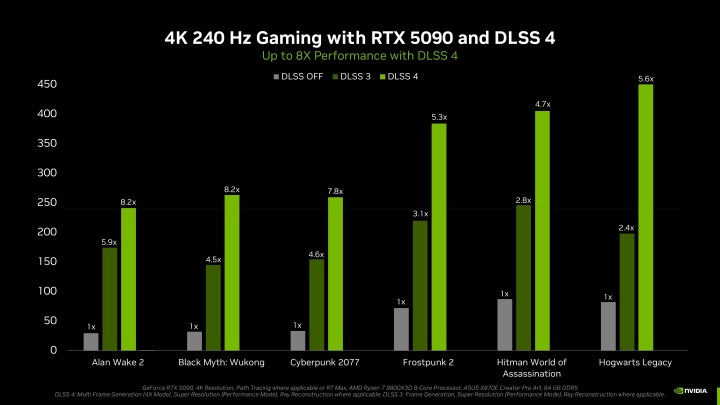 DLSS 4 Performance Chart
DLSS 4 Performance Chart
Performance
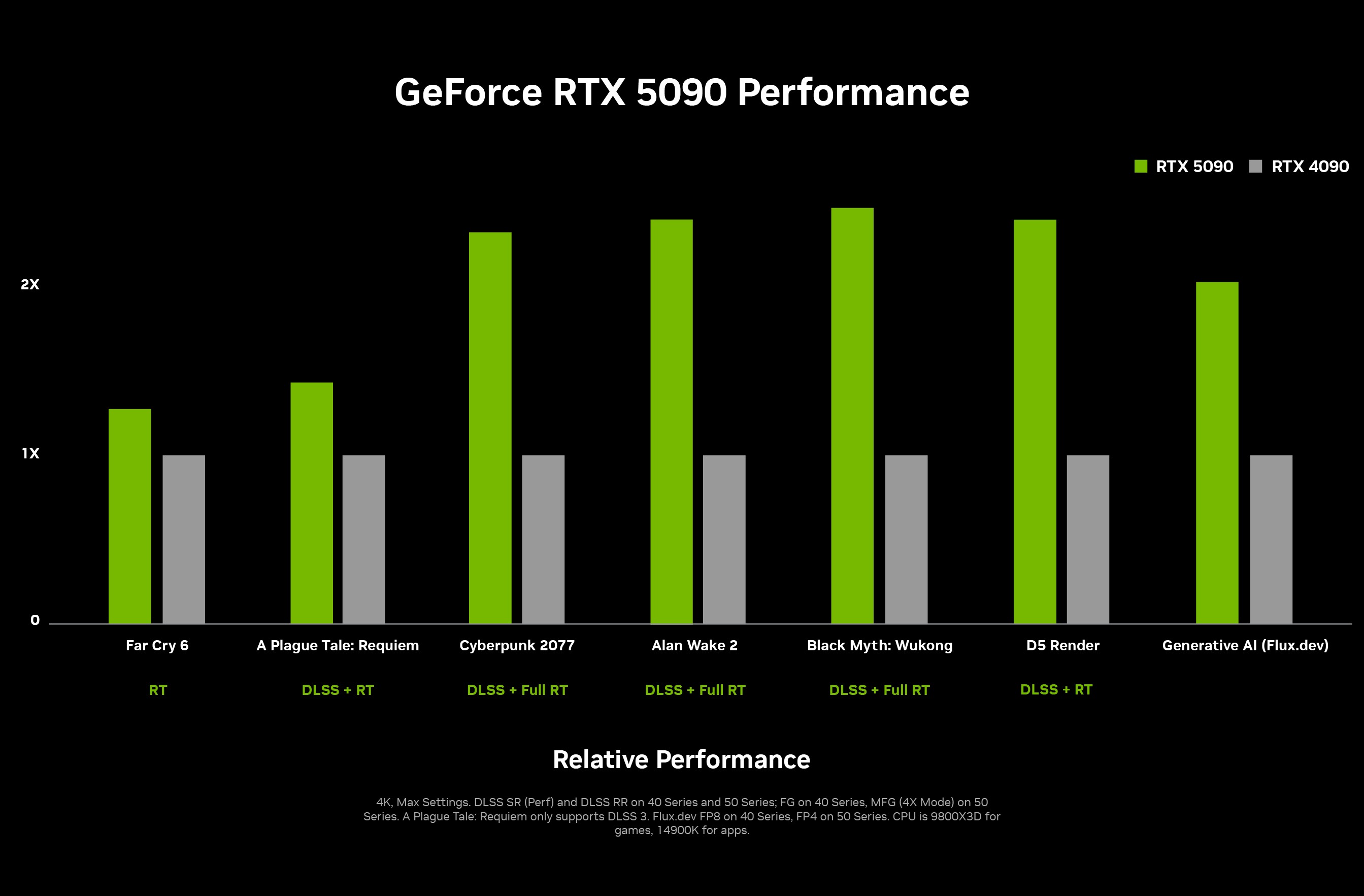
Nvidia claims the 50-series doubles the performance of its predecessors in gaming, AI, and creative applications. This performance jump is largely attributed to DLSS 4’s multi-frame generation. It remains to be seen how these claims hold up in independent benchmarks.



